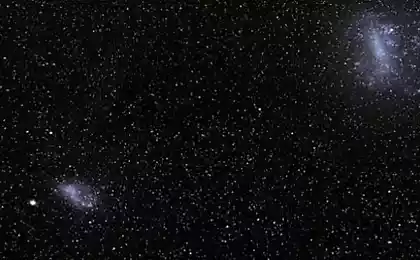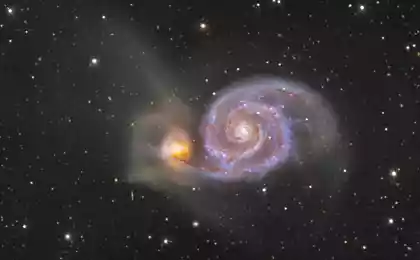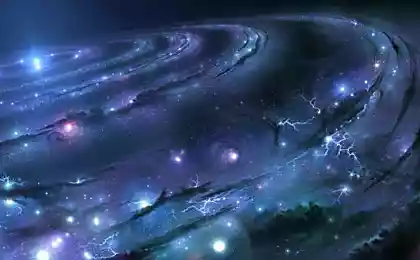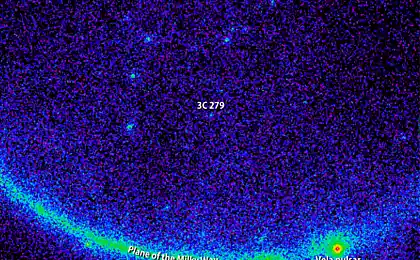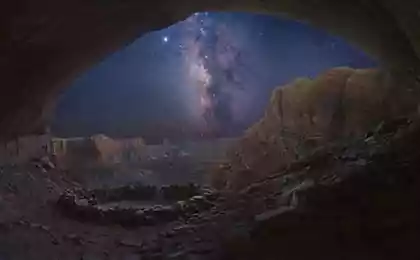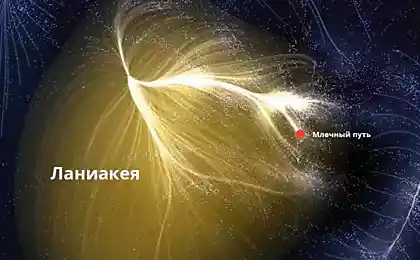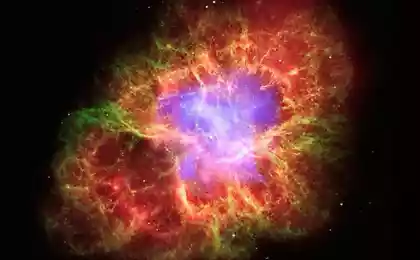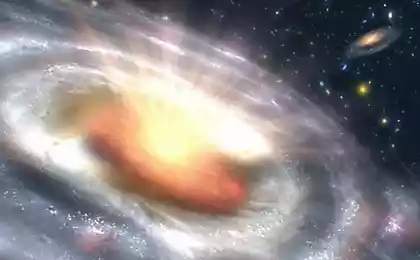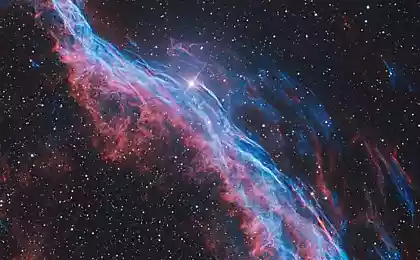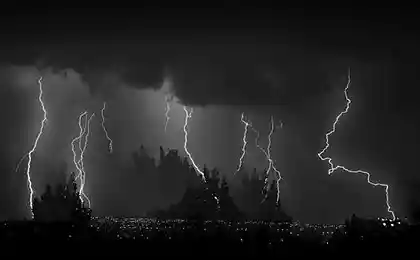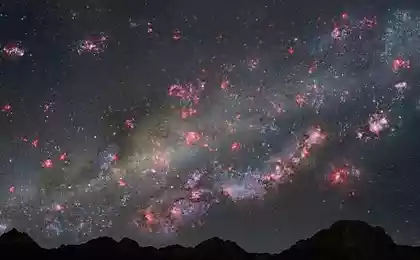547
Gamma-ray bursts could destroy extraterrestrial life
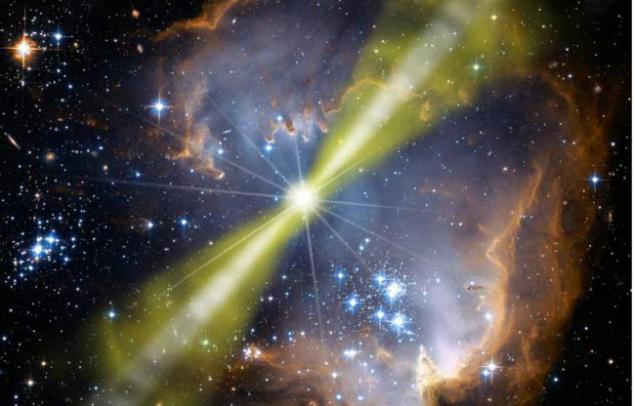
A new study suggests that a powerful flash of radiation could destroy life on other planets and have caused mass extinction on Earth. Physicists have calculated that gamma-ray bursts observed in the Universe, hamper the development of complex forms of life in 90 percent of galaxies. This explains the long search for extraterrestrial intelligence.
Intense high-energy radiation released as a result of these explosions is known to be deadly even for the most radiation-resistant organisms. The study may help to explain why we still found no signs of complex life somewhere else in our galaxy. From this it follows that to find extraterrestrial life will be much harder than many people think.
Scientists have discovered that in the past the Earth has been exposed to gamma-ray bursts. His strength was enough to cause mass extinction of species on our planet.
The researchers found that the chances that a deadly explosion occurred about 500 million years ago, up 50 percent. Recent calculations of gamma-ray bursts show that a large part of our galaxy – the milky Way – could become uninhabitable.
In the milky Way, the likelihood of a lethal gamma-ray burst is much more. This creates unfavorable conditions for life. The probability decreases just on the outskirts of the galaxy, at a distance of 32 616 light years from its center, — said Professor Tsvi Piran from the Hebrew University in Jerusalem, who led the research together with colleagues from Barcelona University (Spain).
According to the expert, the life can be found only in 10 percent of galaxies. Bursts of gamma radiation occur almost daily, and to observe them with telescopes configured to detect a powerful and bright flashes of energy.
Gamma-ray burst can last from a few seconds to minutes. They are associated with supernova explosions as a result of the collapse of a rapidly rotating star into a black hole.
Radiation from flares lasting a few fractions of a second near the Ground can damage the thin ozone layer that protects its surface from exposure to ultraviolet radiation from the Sun. Gamma rays trigger a chain of chemical reactions that lead to the binding of oxygen and nitrogen in sonorasaurus substance – nitric oxide.
According to scientists, the flash brightness of about 100 kilojoules per square meter can destroy 91% of ozone during the month. This is sufficient for the mass extinction of species. Presumably, something similar happened on Earth about 450 million years ago, when it was destroyed more than 80 per cent – the second-largest extinction in the history of our planet. At that time the Earth was dominated by molluscs and arthropods, and the first vertebrates started to appear.
The results of the study were published in the journal Physical Review Letters.
Source: hi-news.ru
